
In the last few decades, not only the elderly, but also the category of people whose age has barely reached 35 years, complain of joint pain. Why this happens, there is no exact information, however, the problem is becoming more and more relevant every year and more and more people are worried about it.
Introduction
If your joints hurt, then you should not attribute the problem to such factors as weather changes, magnetic storms, hypothermia, hard physical work. This problem has completely different causes.
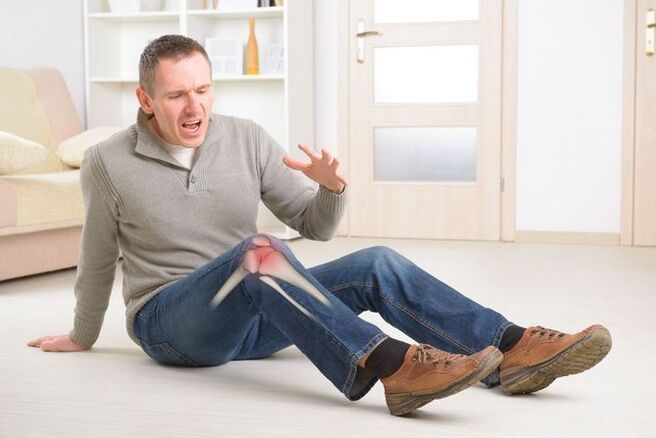
So why do your joints hurt, what can be the cause of joint pain, how to treat ailing joints - this article is all about it.
Painful joints can manifest in different ways: at first it can be only unpleasant sensations, then crunching (cramping), after numbness and tingling, and only after that pain begins in different ways: back pain, sucking, burning. Joint pain is not a harmless event and its causes can be very different.
Causes of pain
Why there may be pain in the joint is evaluated according to the nature of the pain and its location.
- With infectious diseases (tonsillitis, bronchitis), joint pain is felt, it hurts, as a rule, not one joint suffers, but several at the same time.
- During intoxication of the body (for example, mushroom, alcohol poisoning), painful pains affect several joints at the same time.
- During exacerbation of chronic diseases (cholecystitis, tonsillitis), joint pains are of a flowing nature, that is, they can occur in one place and move to another.
- During inflammation, joint pain is acute, shooting and stabbing. As a rule, one joint hurts, in rare cases - several.
Thus, the causes of joint pain can be different: infectious, inflammatory, intoxication and chronic. At the same time, if the cause is not traumatological, rheumatological, orthopedic in nature, then joint pain is far from the only symptom that will bother you. Other signs of human health will be mixed with them:
- increase in body temperature;
- activity;
- desire;
- drag
- loss of appetite;
- Tingling in the chest;
- nausea and vomiting;
- diarrhea;
- white coating on tones and tongue;
- loss of voice
This is not a complete list of all the signs that can occur.
Pain with problems of the musculoskeletal system
When various diseases of the musculoskeletal system become the cause of joint pain, it is time to find out which joint is unhealthy and what to do about it.
Joint pain from traumatic (and close to them) causes is completely different from others. As a rule, in such cases, the symptoms may be as follows:
- Swelling and redness of the affected area.
- The sore spot is painful to the touch, hot.
- Pain in a particular joint.
- action.
- Numbness and stiffness in movements.
- Sharp piercing pain on movement, sometimes at rest.
- Deformation of joints.
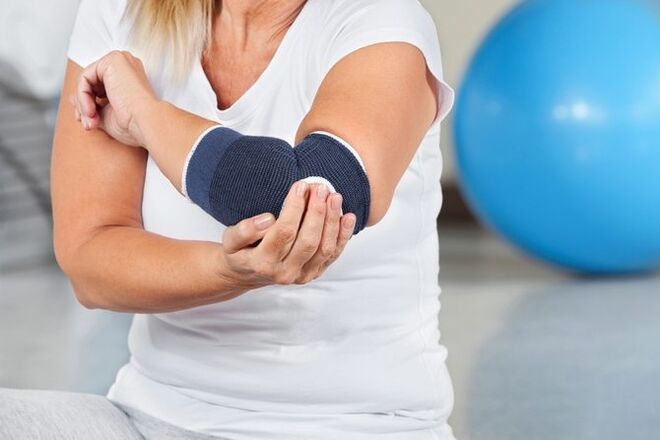
So, orthopedic causes of joint pain can be the following diseases:
- rheumatism of the joints;
- arthritis (polyarthritis);
- arthrosis (polyarthrosis);
- rheumatic polyarthritis;
- gout;
- rupture of the meniscus;
- Rupture of the posterior horn of the medial meniscus;
- functional joint pain;
Brief information about diseases
Joint pain occurs for various reasons, sometimes it can be a symptom of a non-rheumatological (traumatic) disease when it is caused by an infection. In such cases, it is pointless to treat the joints without eliminating the source of infection. The pain will stop, but then all the symptoms will return. As a rule, joint pain disappears when the infectious process is suppressed.
Another, most common cause of joint pain is the pathological processes taking place in them or injuries.
- Rheumatic arthritis (polyarthritis)- a disease whose catalyst is severe infectious diseases: tonsillitis, rubella, flu, brucellosis. Large joints are usually affected, and the damage is symmetrical: two elbow or knee joints at the same time. Joint pain is accompanied by high fever and fever during exacerbation, which practically does not happen with other joint diseases.
- arthrosis (polyarthrosis)- Pathological processes that lead to partial or complete (advanced forms of the disease) destruction of cartilage. Joint pain is accompanied by impaired motor activity of the joint. The symptoms of arthrosis and arthritis are similar, but there is one difference: in arthrosis, the painful area hurts when trying to move, which is not the case with arthritis (with it, the joint hurts even at rest).
- Arthritis- Degenerative processes occurring in the joint, associated with inflammation of the joint tissue and its deformation.
- Gout- Violation of calcium and salt exchange in the body, due to which formations appear on the joint, which are inflamed and painful. Characteristic symptoms - pain at night.
- Meniscus tear- Injury of the knee (or scapula) associated with a violation of the integrity of the meniscus. In such cases, the pain appears in the knee and returns to it, while moving, the joints are cramping.
- Functional joint pain occurs whenDisorders of the nervous system, there is no point in doing anything with the articulation, because the problem has to be looked for elsewhere. When it is eliminated, the discomfort will pass.
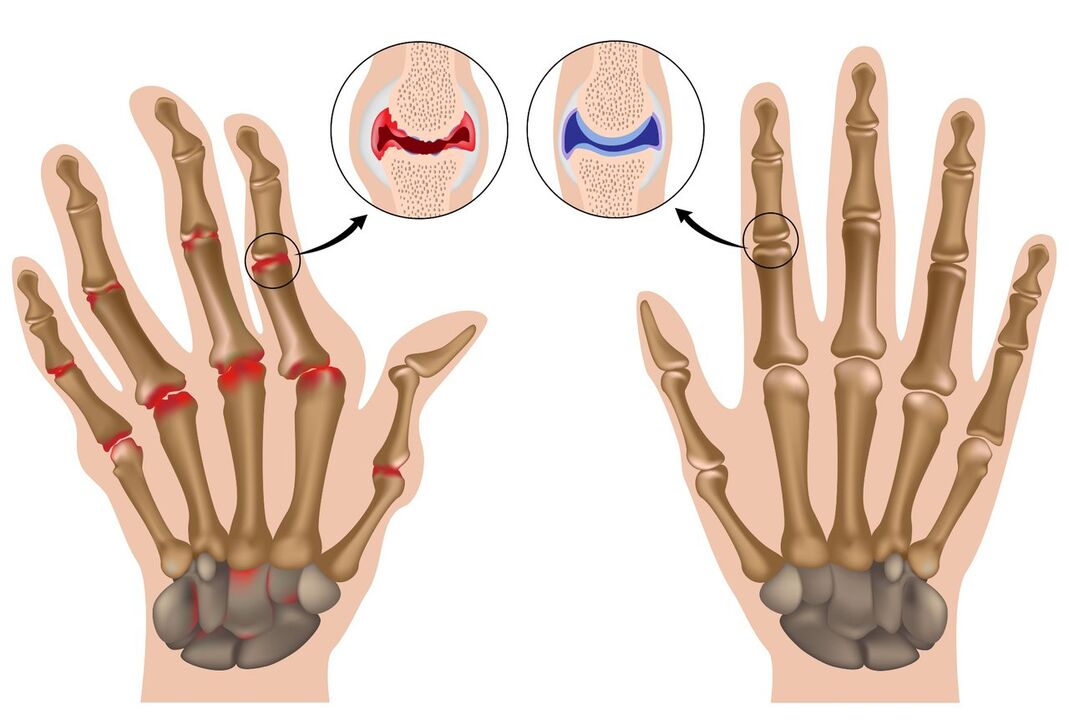
This is, of course, an incomplete list of why your joints hurt, although these reasons are the most common. What to do in such situations, only a doctor should decide after a thorough examination and diagnosis.
treatment
Treatment of joint pain is a secondary task, the first goal is usually to eliminate inflammation and its causes.
It is important for the patient to understand that self-medication will not help him in any way and only hinders the treatment process, aggravating the situation.A person with pain should only consult a doctor.If it so happened that stiffness and pain in the joints appeared at night and does not allow you to sleep, then you can drink anesthetic and, if necessary, rub with a warming ointment.
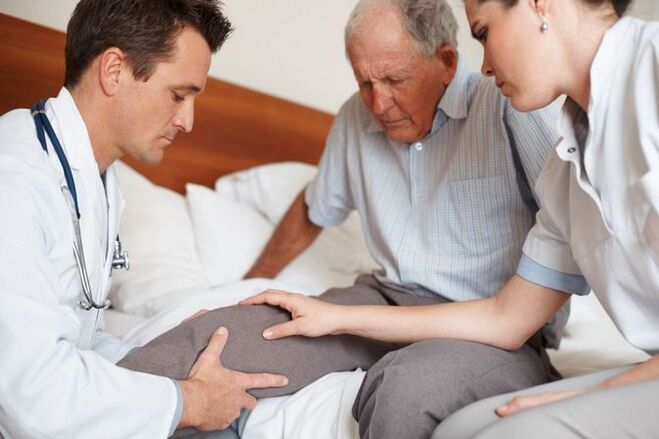
The doctor begins the treatment of joint pain only after a thorough examination, receiving the results of the examination and making a diagnosis.
Most orthopedic diseases are treated with traditional methods, and surgical methods are used only as a last resort, when a long course of drug treatment has proved ineffective.
Medical treatment (conservative method)
In this case, conservative methods are the most popular.

None of the treatment of such diseases was completed without an appointment:
- Nonsteroidal anti-inflammatory drugs, which are used in different dosage forms: ointments, injections, tablets, patches, suppositories. At the same time, it is not uncommon for a doctor to prescribe non-steroidal anti-inflammatory drugs in several forms at the same time: injections and ointments, tablets and suppositories with ointments. The course of admission is very long, the terms of treatment are determined by taking into account the individual characteristics of the person: age, physical. When prescribing, the presence of other diseases, contraindications and possible side effects should be taken into account.
- PainkillersIt is used in different dosage forms. In severe pain syndrome, strong injections are prescribed, if it hurts a little, then it is quite possible with pills, warming ointments, patches.

If non-steroidal anti-inflammatory drugs did not help, then apply to:
- Corticosteroidswhich has both positive and negative sides. The advantages of treatment with these drugs are that the effect can be achieved much faster than non-steroidal anti-inflammatory drugs and the lack of hormones that do not have a very favorable effect on the body as a whole and cause unpleasant consequences. In the form of hormonal imbalance, weight gain. Therefore, doctors are not in a hurry to prescribe corticosteroids.
- Chondroprotectors, which are injected into the damaged area to optimize synovial fluid levels, normalize friction, pressure and joint movement.
After completing the course of drug treatment, you can continue with folk remedies.
Fix the treatment well:
- massage therapy;
- gymnastics, swimming;
- Physiotherapy.
An important role is played by the prevention of relapse of the disease, for this a preventive treatment course is conducted twice a year in the form of taking vitamins.and non-steroidal anti-inflammatory drugs.
Operating methods
If conservative treatment is ineffective and the joint still hurts, then an operation is prescribed, which operation will be performed depending on the degree of tissue damage and the diagnosis. If it is arthrosis in the third stage, then it is worth making prosthetics, that is, artificial replacement of the joint. If we are talking about the rupture of the meniscus, then it is sewn up with the help of special punctures. In any case, doctors will do everything to avoid surgery and stop the pain no matter what.
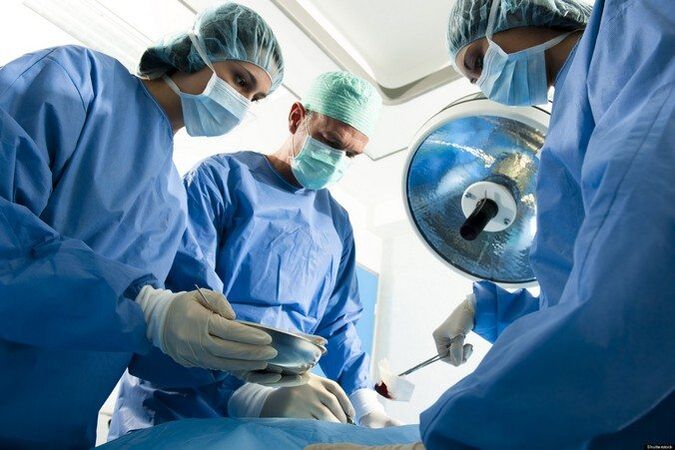
conclusion
Thus, the joint can hurt due to various reasons, it can be infectious problems and neurological. Joint pain is the main cause of pain. Do not ignore the pain, try to self-medicate or drown the pain with painkillers.
There are two main methods of tissue treatment:
- conservative method.
- Operative method of treatment.
There are quite rare cases when surgical methods start treatment immediately, without using conservative methods. However, such cases also occur, for example, if a person is immobilized and the degenerative processes are at a stage where drug treatment is useless. In such cases, it hurts so much that a person can lose consciousness from the intensity of the pain.

















































